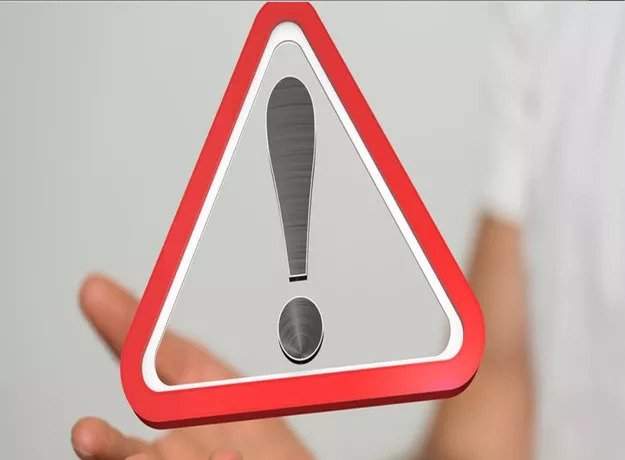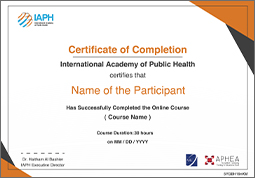Risk Communication
Description
Risk communication refers to the dissemination of information to the public about health risks and events and encompasses a wide range of communication skills required throughout the preparedness, response, and recovery phases of public health events. Risk communication is one of the core pillars of emergency response as it plays a vital role in influencing informed decisions and making positive behavioral change.
This course explains techniques such as: advocacy to policy makers, building partnerships and alliances, communicating with individuals and communities to change risk behavior, and developing mass media campaigns. Additionally, community participation is discussed and explored as equity and evidence-based interventions are considered as main ethical considerations in health promotion.
Learning Outcomes
- Describe the different strategies and approaches used for risk communication
- Discuss the processes of health promotion, social mobilization, and community engagement
- Identify stakeholders and suitable communication approaches
- Demonstrate the application of risk communication strategies during emergencies
- Communicate effectively with the public, media and stakeholders active in public health emergencies
- Introduction to Risk Communication During Emergencies.
- Basics of Communication Skills.
- Psychology of Crises.
- Building Blocks of Risk Communication.
- Setting Communication Objectives.
- Development of Risk Communication Plans.
- Development of Communication Message and Material Session.
- Role of Information Technology in Risk Communication.
- Media and Mass Communication Channels.
- Messages and Audiences.
- Spokesperson.
- Community Engagement and Social Mobilization.
- Resources, Stakeholder and Partners for Risk Communication.


Certificate
